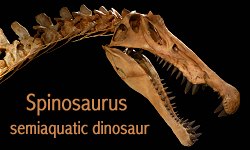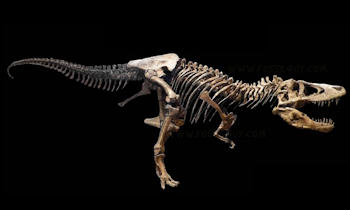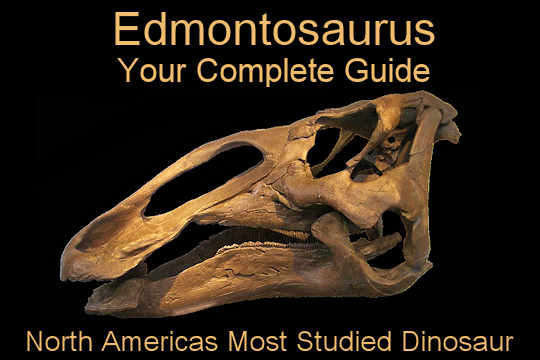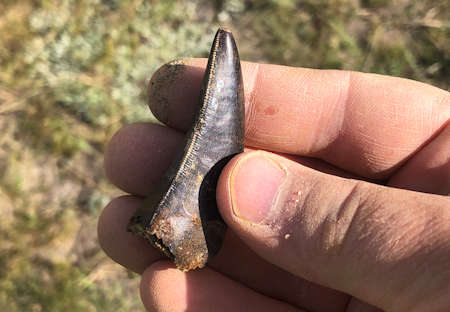Paleontology News
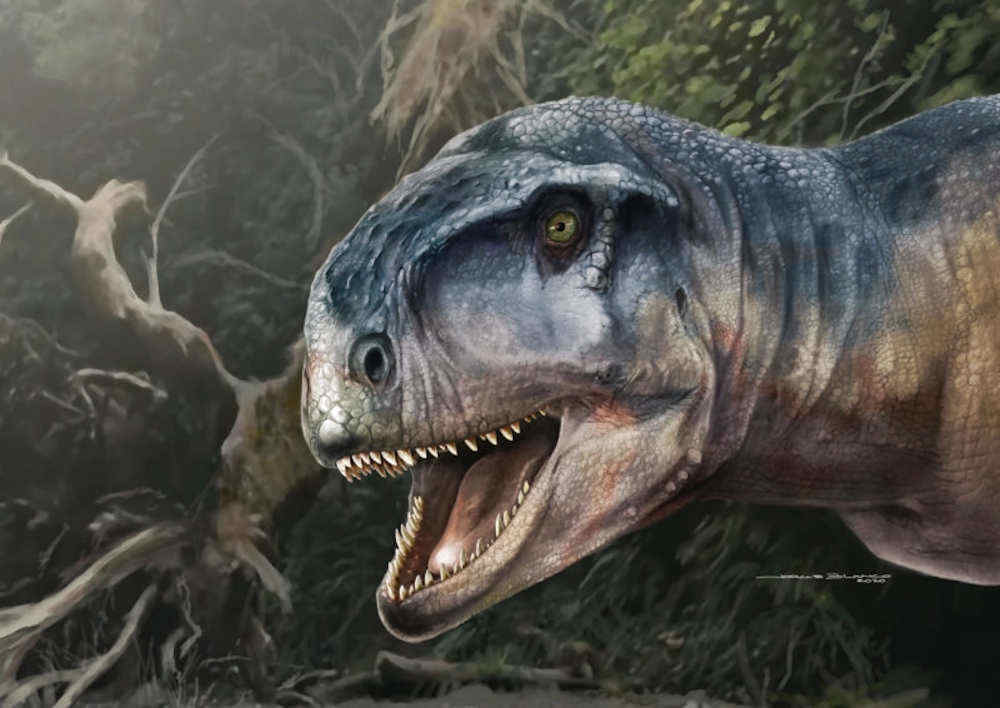
Illustration of Llukalkan aliocranianus. Image credit: Jorge Blanco and Journal of Vertebrate Paleontology
New Large Theropod from South America
A newly discovered Abelisaurid theropod from Argentina shows the remarkable diversity of this group of dinosaurs.
Summary Points
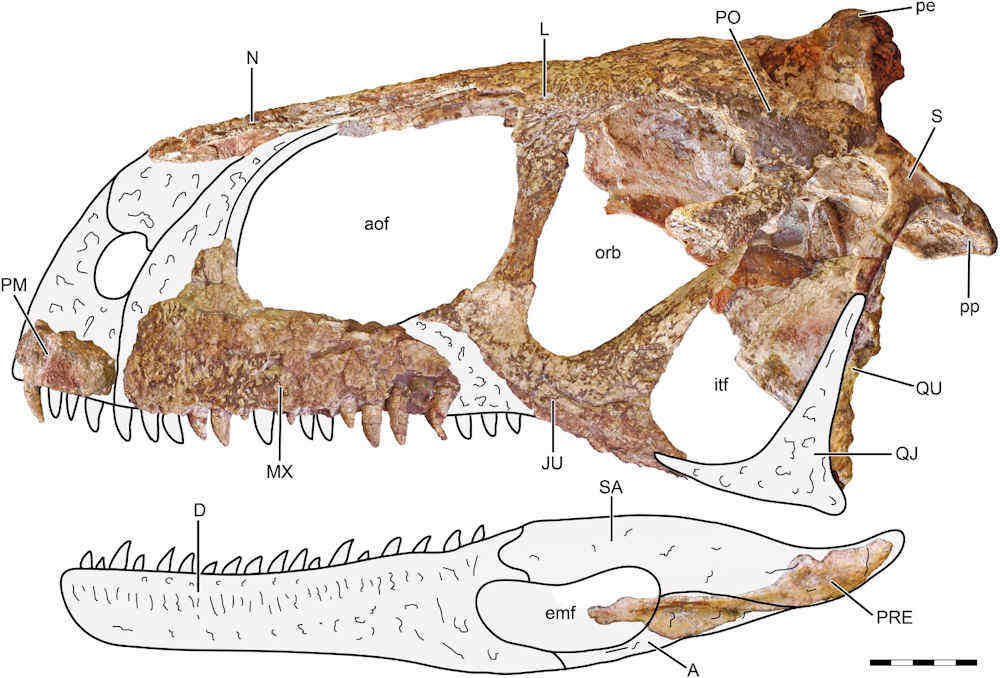
Figure 17 from Gianechini et al., 2021 - Journal of Vertebrate Paleontology - showing a reconstruction of the complete skull of Llukalkan aliocranianus.
Abelisaurid theropods ruled the southern continents during the Cretaceous.
A new abelisaurid dinosaur was discovered in late Cretaceous rocks of Argentina.
The new dinosaur is called Llukalkan aliocranianus, which means "one who causes fear."
This fossil has an uncrushed braincase, which allowed paleontologists to deduce it had a better sense of hearing than other abelisaurid species.
This new species was found near another abelisaur called Viavenator, which suggests the abundance and diversity of abelisaurids was remarkable.
A newly discovered meat-eating theropod ruled the Late Cretaceous of South America
This article is based on a Press Release by Taylor & Francis Group - March 31, 2021, and the related Journal Article (Gianechini et al, 2021) from the Journal of Vertebrate Paleontology.

The discovery site of holotype Llukalkan aliocranianus. Figure 1 from Gianechini et al., 2021 - Journal of Vertebrate Paleontology.
While tyrannosaurs, such as T. rex and Tarbosaurus ruled the late Cretaceous in the northern hemisphere, abelisaurs, such as Carnotaurus, ruled the southern continents.
Although these theropods, with their large size and tiny arms, superficially resembled tyrannosaurs, they were very different. They had very short skulls with blunt snouts and small teeth. Their skulls were rough and sculpted with grooves, crests, and protrusions. They also had a smaller bite force than Tyrannosaurs, making for different lifestyles.
Now, a new abelisaurid has been discovered in Argentina which brings the total number of abelisaurs in South America to 10. This new species is called Llukalkan aliocranianus, or one who causes fear. At 5 meters long (16 feet), with huge claws, a powerful bite, strong hind legs, and a keen sense of smell, Llukalkan was "likely among the top predators" throughout Patagonia during the Late Cretaceous says lead author Dr Federico Gianechini, a paleontologist at the National University of San Luis, Argentina.
This particular specimen has an uncrushed braincase, which allowed the paleontologists to study the brain structure. One of the findings was a small posterior air-filled sinus in the middle ear zone that has not been seen in any other abelisaurid dinosaurs so far. Co-author Dr. Ariel Mendez explains "This finding implies a different hearing adaptation from other abelisaurids, and likely a keener sense of hearing."
Another interesting find is Llukalkan lived in the same area and time period of another large abelisaur called Viavenator exxoni. The fossil remains of Llukalkan and Viavenator were found just 700 meters apart in the Bajo de la Carpa Formation, near the famous fossil site at La Invernada, Argentina.
This new species also speaks to the remarkable diversity of abelisaurs in the late Cretaceous. "This is a particularly important discovery because it suggests that the diversity and abundance of abelisaurids were remarkable, not only across Patagonia, but also in more local areas during the dinosaurs' twilight period", says Dr Federico Gianechini.
"These dinosaurs were still trying out new evolutionary pathways and rapidly diversifying right before they died out completely," adds Ariel Mendez. "This discovery also suggests that there are likely more abelisaurid out there that we just haven't found yet, so we will be looking for other new species and a better understanding of the relationship among (them)," says Gianechini.

Digital renderings of the brain and inner ears of the holotype of Llukalkan aliocranianus (MAUP-Pv-LI-581). Figure 15 from Gianechini et al., 2021 - Journal of Vertebrate Paleontology.
Journal Article:
Federico A. Gianechini, Ariel H. Mendez, Leonardo S. Filippi, Ariana Paulina-Carabajal, Ruben D. Juarez-Valieri & Alberto C. Garrido(2021) A New Furileusaurian Abelisaurid from La Invernada (Upper Cretaceous, Santonian, Bajo De La Carpa Formation), Northern Patagonia, Argentina, Journal of Vertebrate Paleontology, DOI: 10.1080/02724634.2020.1877151
Recommended Dinosaur Books and Educational Items:
Additional Images:

Size comparison of the five most complete abelisaurids. The new species (not shown here) could reach a length of approximately 5 meters.
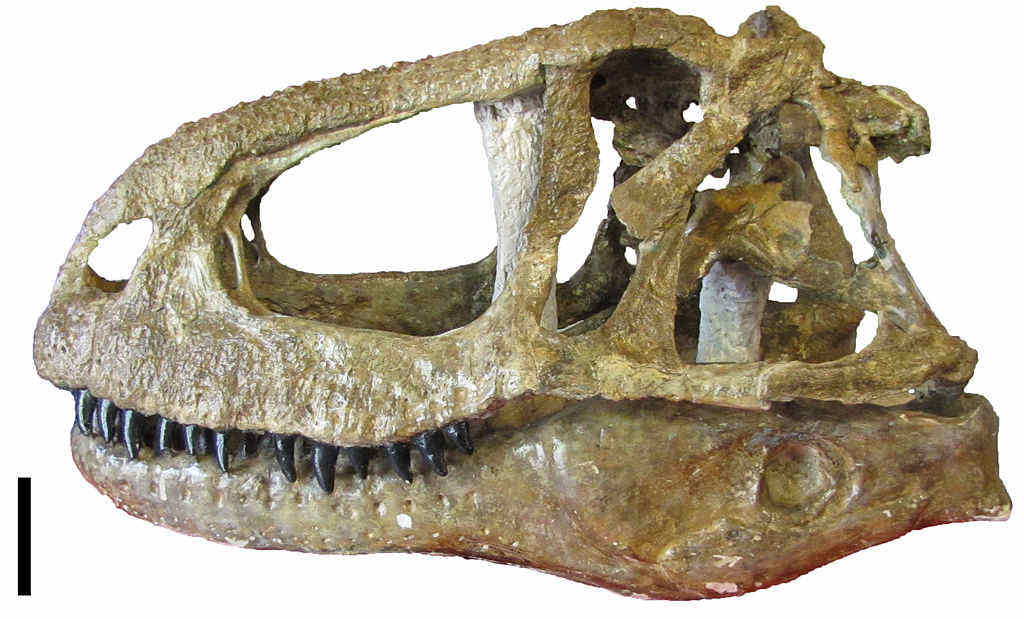
Reconstruction of an Abelisaurus skull with original bones of the holotype. Museo Provincial Carlos Ameghino, Cipolletti, Argentina. Scale = 10 cm. Image credit: Christophe Hendrickx (CC BY-SA 3.0)
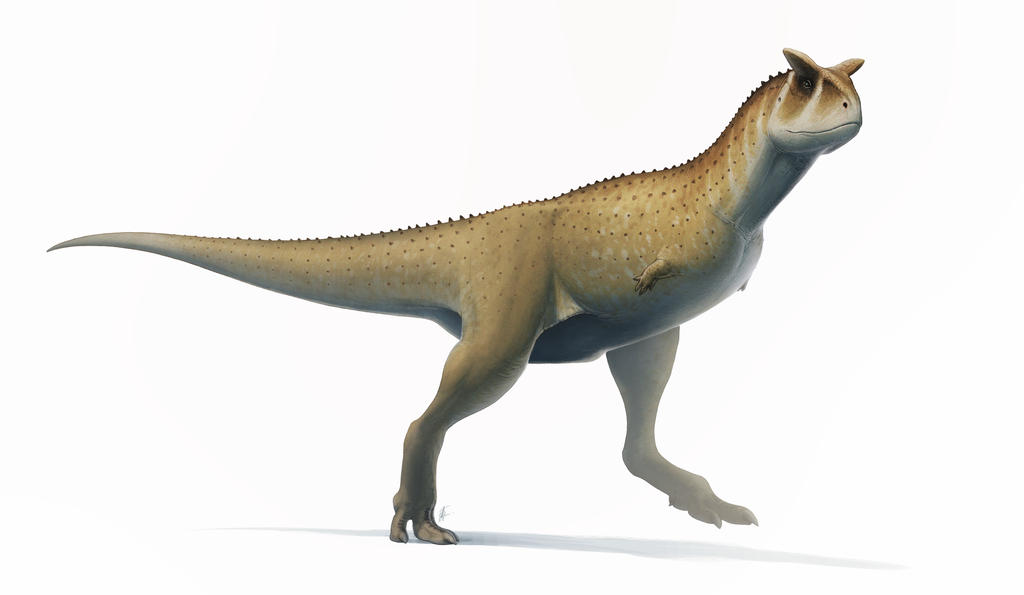
Illustration of Carnotaurus, another species of Abelisaur. Image credit: Fred Wierum (CC BY-SA 4.0)
Browse More Paleontology News
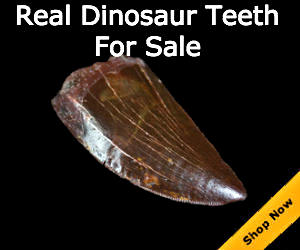
High quality Dinosaur teeth by Fossilera






